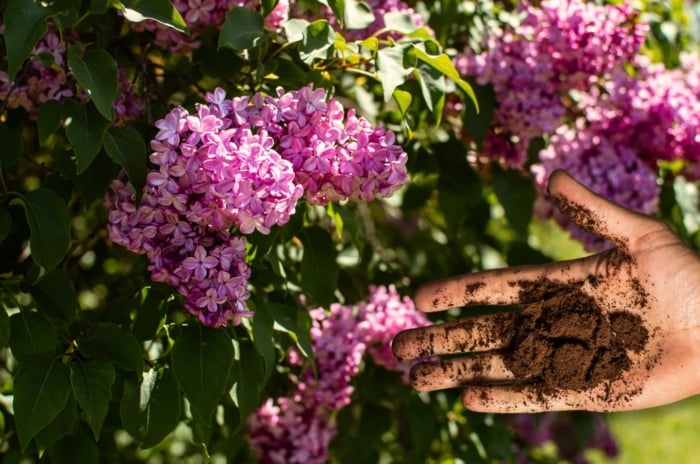Coffee Grounds and Plants: Don’t Make These 9 Mistakes
Coffee grounds can be great plant food if you use them right. If not, they may hurt your plants. In this article, horticulture expert Matt Dursum shows you common coffee ground plant mistakes and how to avoid them.
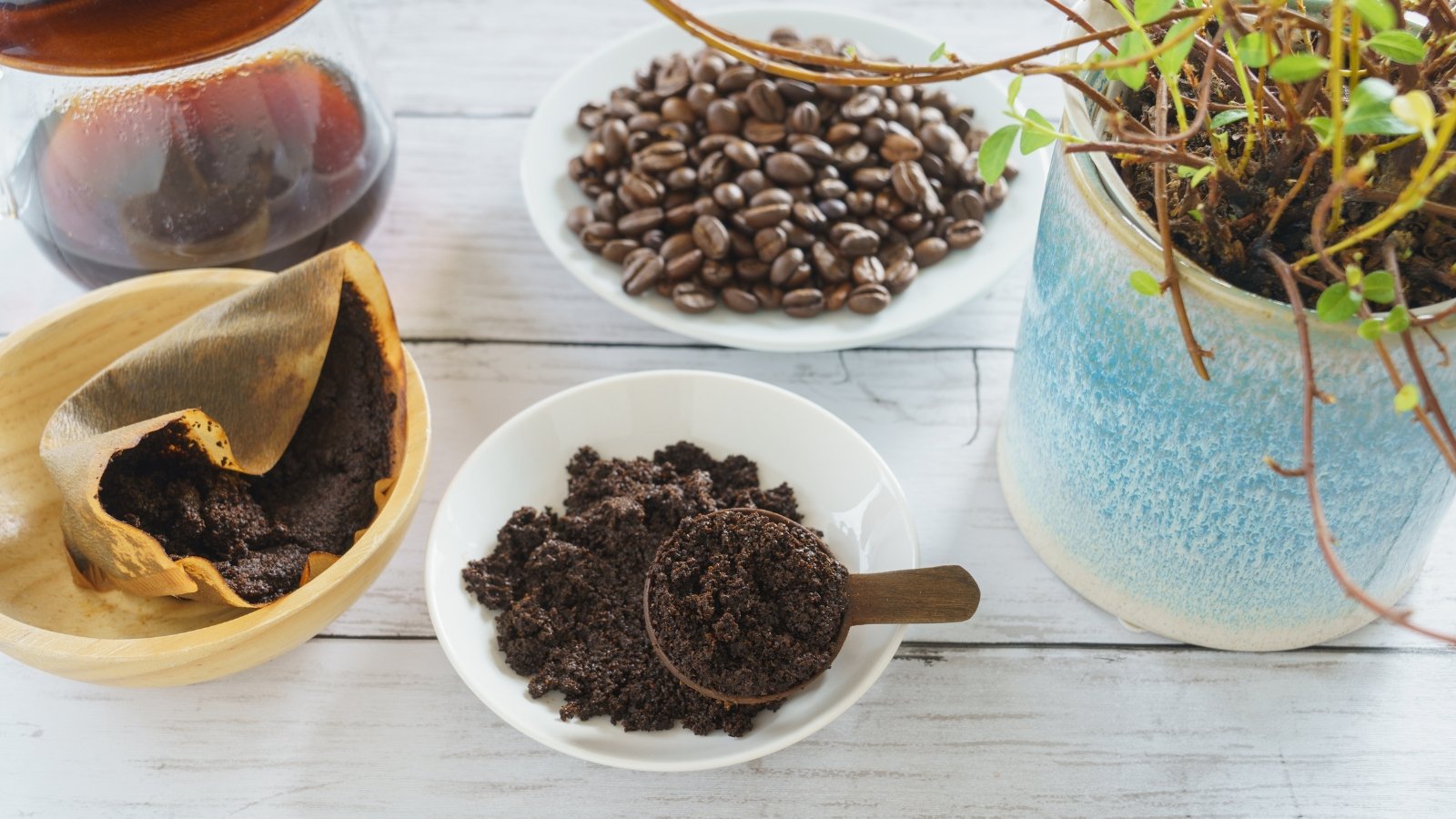
Contents
Recently, gardeners everywhere have been keen on using coffee grounds to fertilize their plants. They have many benefits, from adding balanced nutrients to their being readily available. Even if you don’t drink coffee, you can get them from local restaurants or cafes for free.
Brewing coffee takes a lot of the acidity out of the grounds. It also removes the caffeine. After the brewing process, you’re left with a nice fertilizer with a few balanced nutrients. They are especially beneficial for feeding helpful microbes that improve the soil.
As easy and cost-effective as they are, you can still end up using them incorrectly and damaging your plants. Below are a few tips about coffee grounds and plants so you don’t make these 9 mistakes.
Bokashi Kitchen Compost Bin 2.5 gal.

Say goodbye to traditional composting struggles with this Countertop Compost bin’s compact design and efficient composting process. Not only is it the simplest and most cost-effective method, but it also works like magic, transforming your food scraps into valuable compost in just 14 days!
Mistake 1: Using Too Many Grounds

Too much of a good thing can be detrimental to your plants. Just like other fertilizers, using too many grounds can overload your soil with nutrients. As the soil absorbs the nutrients, it becomes overly saturated and can cause major health issues.
Overfed plants will show signs of overfeeding. These signs include wilting, brown leaf tips, defoliation, and yellow foliage. If left unchecked, these symptoms might kill your favorite plants.
If you notice signs of overfeeding, stop adding your brewed grounds or compost immediately. Give your plants time to recover. It may take several weeks until you see them bounce back, so be patient. Once they’ve returned to normal, start with a slow and more conservative feeding schedule.
Mistake 2: Not Making Compost

Coffee grounds may contain nutrients, but their true power lies in their soil-amending abilities. One reason is that microbes adore them! They provide the perfect food for helpful worms, bacteria, and fungi.
To use them, try adding them to compost piles or worm-growing bags like this one. They work as green waste because of their high nitrogen content. Mix them in with leaves, twigs, and other forms of brown waste for the best results.
After several weeks, your compost will be ready to go. Apply a little at a time to your plant’s soil. Water your plants shortly after applying so the nutrients seep directly into the soil. This helps the plant absorb the nutrients efficiently.
Mistake 4: Adding Too Much to Your Compost

As mentioned above, grinds make fantastic green waste for compost. However, like other forms of green waste, you’ll add too much nitrogen if you don’t balance it with brown waste. It’s important to combine leaves, twigs, and dead plant material in your compost to balance its nutrients.
Too many grinds create a nitrogen-rich environment. Without the carbon in brown waste, your compost won’t break down efficiently, creating a foul mess of mushy plant matter. Eventually, this slimy substance will attract pests.
If you use spend coffee grinds, balance them out with plenty of brown waste. For every measure of green waste, add three or four measures of brown waste. It doesn’t have to be exactly perfect but try your best. A good overall rule is to ensure your pile contains no more than 15% coffee.
Mistake 5: Using Them as Mulch
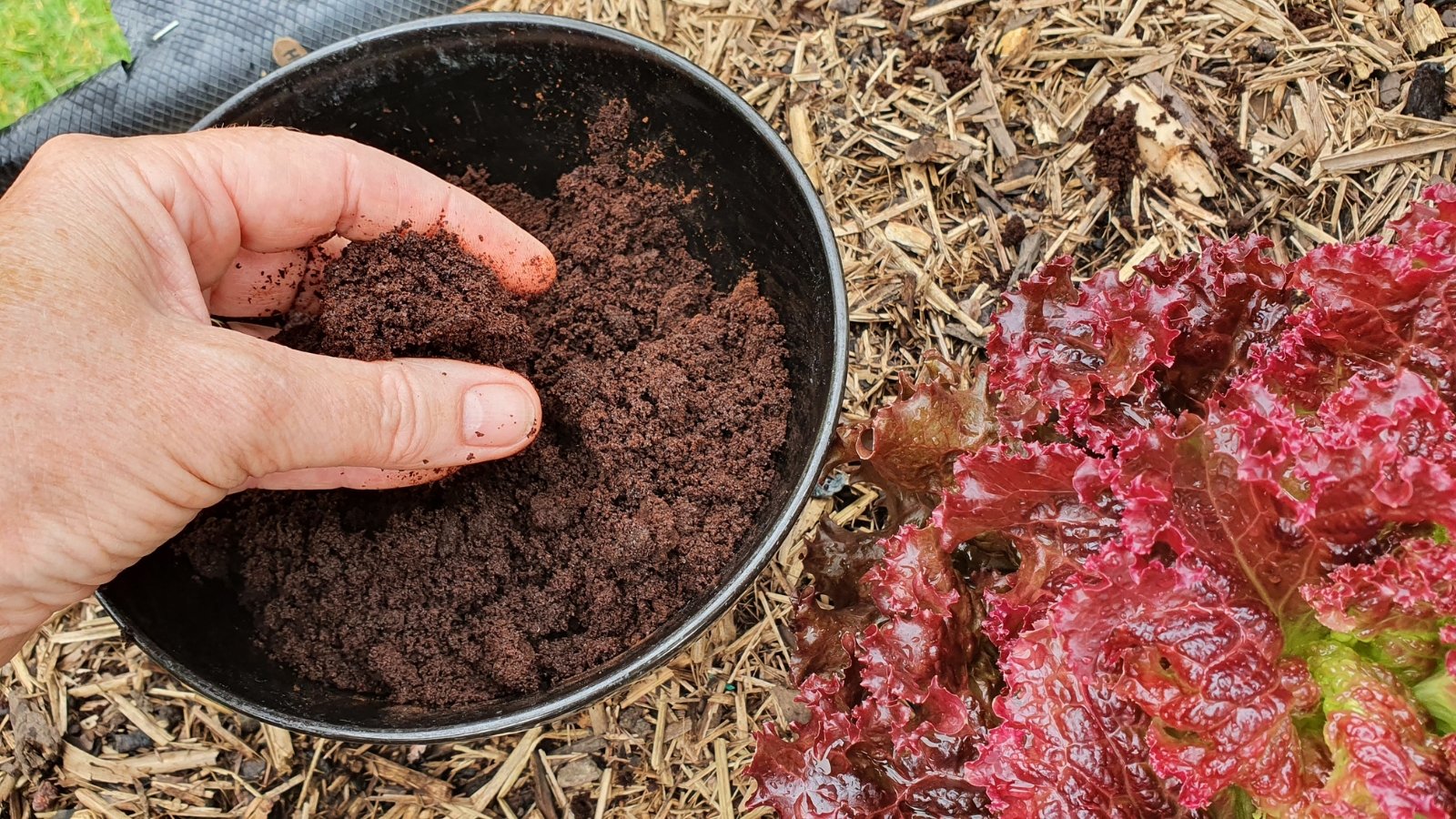
The best types of mulch keep moisture in the soil and prevent it from evaporating. Mulch provides a thick layer of shade over the soil. It locks in moisture and keeps the soil from drying out in the sun.
The best mulches include straw, wood chips, grass clippings, and other thicker organic material. Grass clippings and pine needles, as well as compost, can work. You can even use newspaper and cardboard.
Unlike the common mulches above, coffee grounds don’t block out the sun or seal in the moisture. Their fine texture creates a water barrier and dries out completely. Moisture will quickly evaporate, leaving your plants dry and thirsty.
Mistake 6: Not Brewing Them First

Brewing coffee takes out the acidity and caffeine from the grinds. Used grounds only contain between 1 and 8 mg of caffeine. This is far less than fresh grinds which have over 95 grams per cup.
Brewing your grinds makes them more suitable for your soil. It also makes it easier for microbes to ingest. Microbes convert the nutrients into compounds your plants will thrive on. Raw roasted coffee grinds may be delicious to us, but they’re extremely off-putting to animals and microbes.
Caffeine and coffee grinds can have several negative effects on your plants. Although the reasons why are still being studied, you’ll see the difference. Below are some of the most common side effects of applying too many fresh grinds.
Harms Seed Germination

Raw caffeine can have some serious effects on seed germination. The substance stunts plant growth and root production.
When the coffee plant drops its leaves in the wild, the caffeine can kill other floor-dwelling plants. This may be a survival function for the coffee plant in the wild by killing its competition.
Raw Grinds Can Be Too Acidic

Brewing takes the acidity out of the beans, leaving a neutral plant food behind. However, roasted beans contain tons of acidity. When you apply raw grinds to the soil, it can lower its pH, turning it more acidic. For alkaline-loving plants, this can be quite harmful.
Stunts Plant Growth
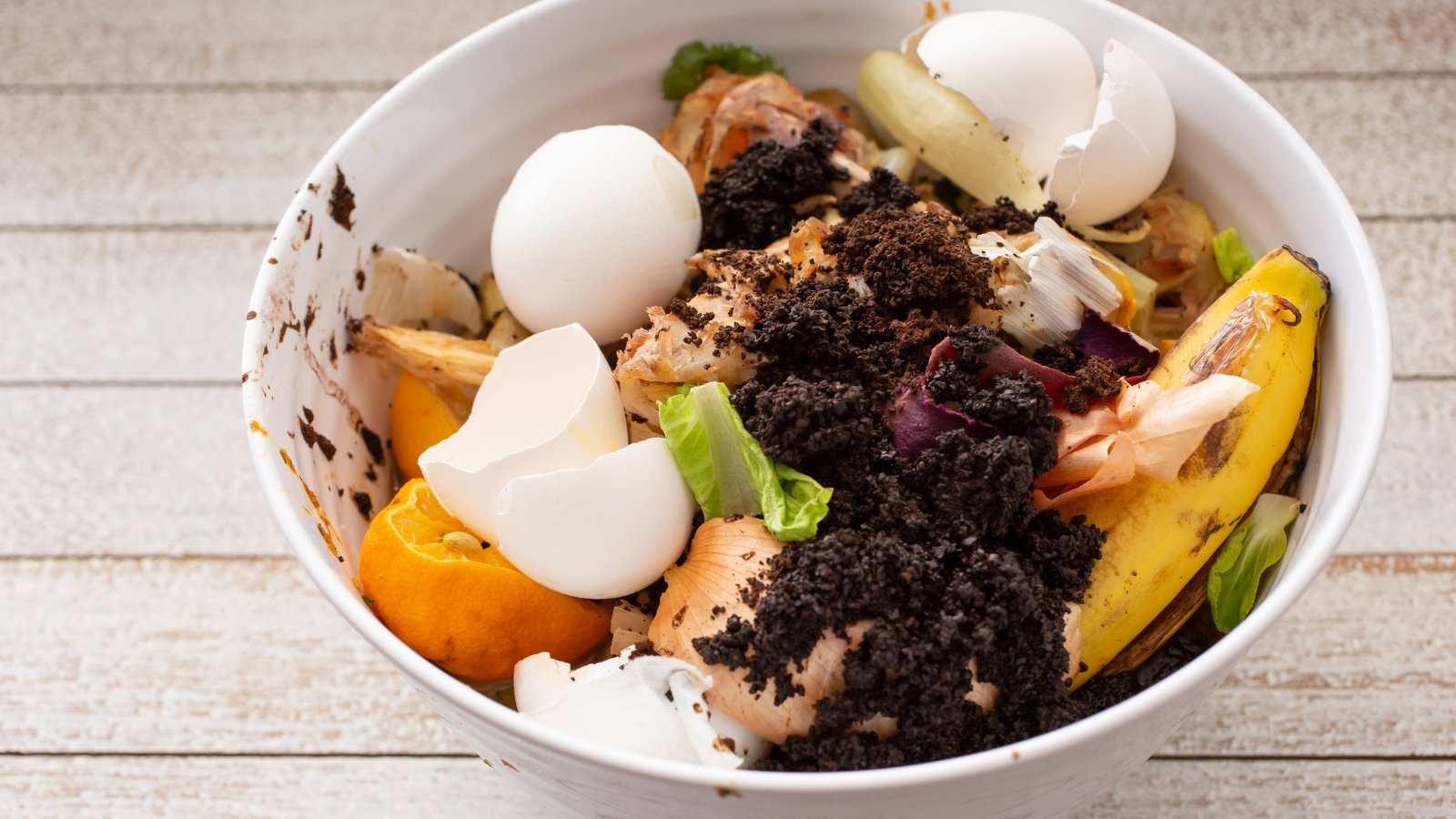
According to several studies, adding raw grounds to many vegetables and perennials stunts their growth. The reasons are still being studied. But many common garden crops will grow much slower around unbrewed grinds.
If you notice your crops are not growing and you’re adding fresh grinds to the soil, stop immediately. Try composting them instead or using light amounts of brewed coffee residues.
Mistake 7: Not Using Them as Pesticides
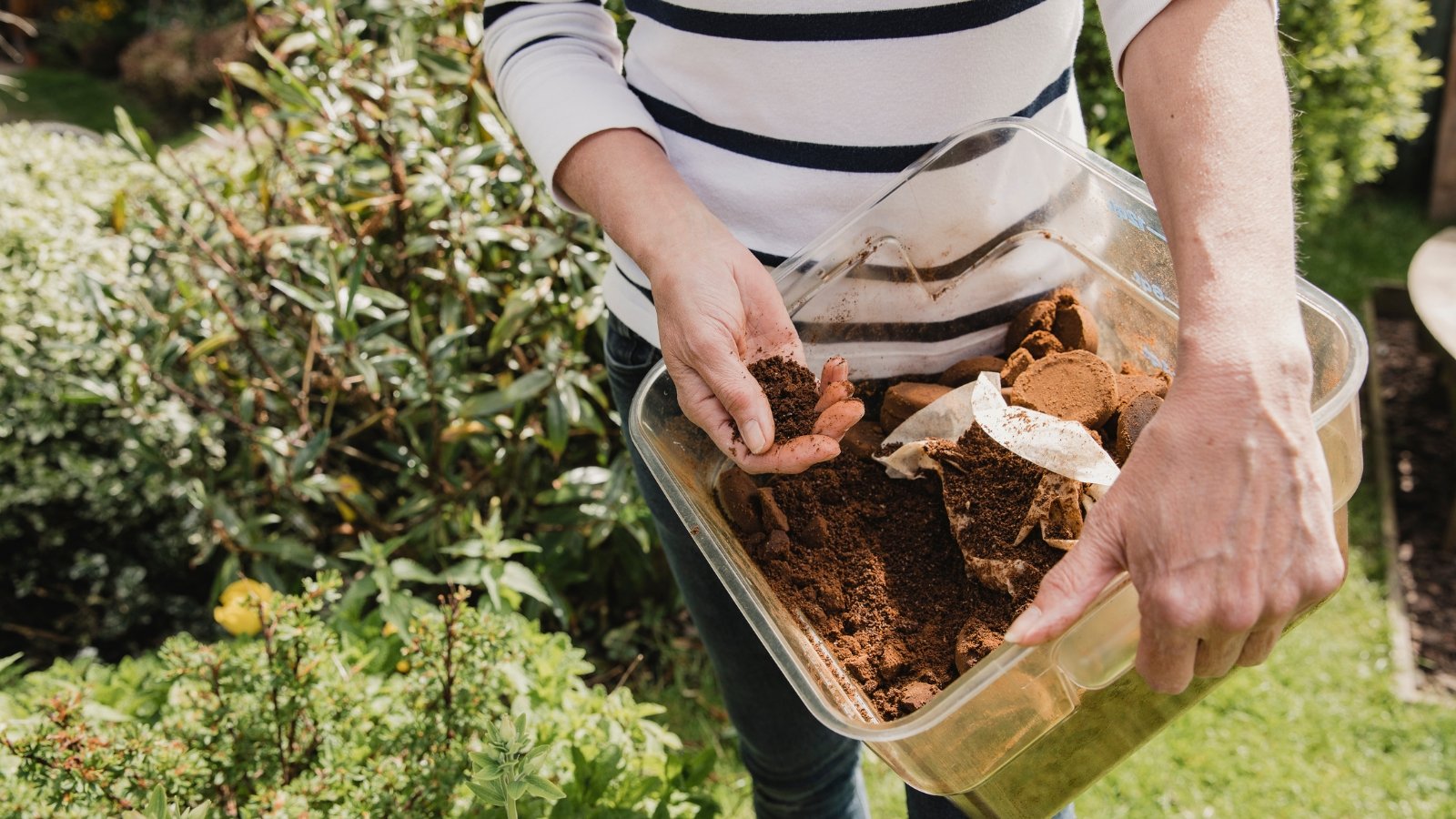
As mentioned above, unbrewed grinds contain caffeine and other compounds that animals can’t stand. When applied directly to the soil, this can have negative effects. But if you sprinkle the raw grounds around your garden, it may keep the bugs away.
Raw coffee grounds contain all kinds of compounds, like caffeine, which kill or ward off pests. Insects such as snails and slugs are repulsed by it. It can even kill larvae from ants, mosquitos, and other common garden pests.
Caffeine is used by some species as a defensive mechanism to keep predators away. This is similar to the compound nicotine in tobacco plants. Humans may love these substances, but insects do not.
Mistake 8: Relying On Them Too Much

Coffee residues alone don’t have enough nutrients to be adequate plant food. While brewing, the aromatic beans leach out their caffeine and acidity, which also removes some helpful nutrients. This is why it’s a great ingredient in a balanced compost.
By composting the residues, you’re feeding soil-building microbes. You’re also adding a lot of structure, such as fiber and proteins, to the compost. Without composting, they will be very bland plant food.
There has been a lot of hype regarding coffee residues and plants. However, relying on them too much will be a waste of your time. Try composting them with other organic materials and create a well-balanced and effective plant food.
Mistake 9: Not Sourcing Them for Free

So you just brewed a cup or two, or three in the morning. That’s enough to make a small compost pile for feeding a few houseplants. But if you have a serious garden, you’re going to need a lot more.
That’s where your local diners, cafes, or restaurants come in. They serve a lot of coffee and, therefore, use a lot of grounds. While most places dump them in the trash, try making a deal.
Many businesses would love to have their trash taken out for free. Contact your local cafes and see if they could save their used grinds for you. You’ll save tons of money and have plenty for your compost.
This method is especially useful if you don’t drink a cup of joe daily. Tea drinkers won’t have to buy beans to take advantage of coffee’s compost-making properties.
Key Takeaways
No matter which coffee grounds plant mistakes you make, your plants should be fine. Coffee grinds are only slightly harmful to your plants in small dosages. In many cases, any harm done can be rectified quickly.
Follow the best practices for using this helpful organic material in your garden. Try composting them or using the roasted grinds as a pesticide. Keep the unbrewed grinds away from your plants and don’t use too much.
If you use them correctly, brewed grounds can help improve your soil. They’re also easy to source from your favorite restaurant or café.


